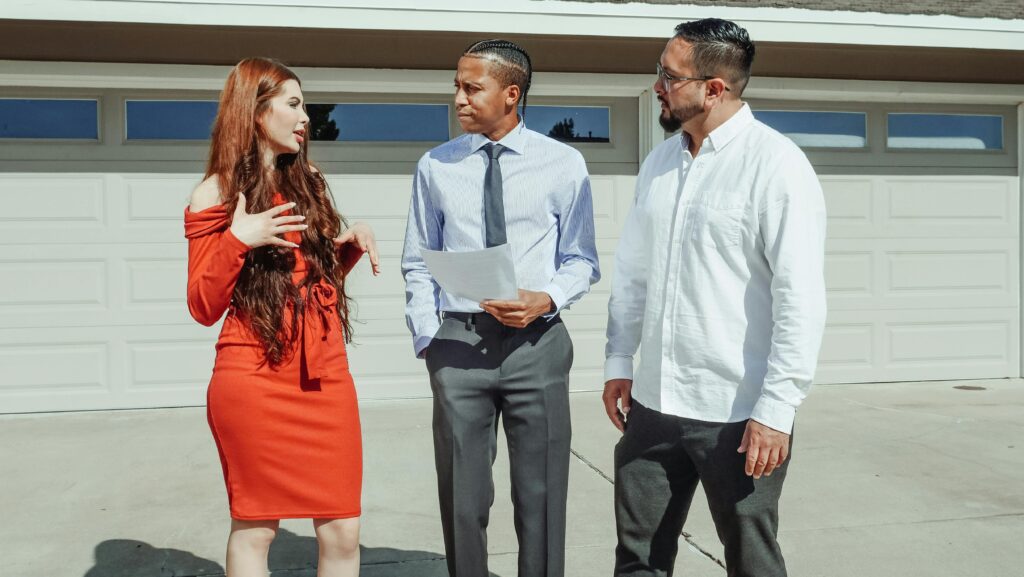Overview
The dream of homeownership has become increasingly difficult for many individuals and families, especially with rising housing costs and stagnant wages. It’s no surprise that the concept of zero down payment mortgages has gained popularity in recent years as it offers a solution for those who may not have the funds for a traditional down payment. However, with any opportunity comes risks, and it’s crucial to navigate this type of mortgage carefully. In this blog post, we will discuss the opportunities and risks associated with zero down payment mortgages.
Zero Down Payment Mortgage
First, let’s understand what a zero down payment mortgage is. As the name suggests, it is a type of home loan where the borrower does not have to make a down payment. Typically, a down payment of 20% of the home’s purchase price is required to secure a mortgage. But in the case of zero down payment mortgages, the borrower can finance up to 100% of the home’s value. This type of mortgage is often attractive to first-time homebuyers who may struggle to save for a down payment while also paying for rent and other expenses.
One of the main opportunities of zero down payment mortgages is obvious – it allows individuals who may not have enough savings for a down payment to become homeowners. This enables more people to enter the housing market, which can benefit both the individual and the economy. Homeownership has been linked to increased financial stability and wealth building, making it a desirable goal for many.
When it comes to risks, there are a few key factors to consider. The first and most significant risk of a zero down payment mortgage is the impact it can have on monthly payments. A higher loan amount means higher monthly payments, which may become unaffordable if the borrower’s financial situation changes. It’s essential to consider all potential future expenses, such as job loss, family obligations, and unexpected costs, before taking on a zero down payment mortgage.
High Interest Rate
Another risk to be aware of is that zero down payment mortgages often come with higher interest rates. Lenders view these loans as risky, and to protect themselves, they may charge a higher interest rate, which translates to higher monthly payments. Over the life of the loan, this can add up to a significant amount of money. It’s vital for borrowers to compare interest rates carefully and negotiate with lenders to get the most favorable terms.
Moreover, zero down payment mortgages also come with Private Mortgage Insurance (PMI). Typically, when a borrower makes a down payment of less than 20%, they must pay for PMI, which protects the lender if the borrower defaults on the loan. This added cost can significantly increase monthly payments and should be carefully considered when evaluating the affordability of a zero down payment mortgage.
One of the important things to note about zero down payment mortgages is that they are not the same as ‘no-cost’ mortgages. Lenders often advertise no-cost mortgages as a zero or low down payment option, but what they fail to mention is that the closing costs and fees are often rolled into the loan. This means a higher loan amount and, in turn, higher monthly payments. It’s essential to carefully review all loan documents and negotiate with lenders to minimize any added fees.
Another significant risk to consider with zero down payment mortgages is the potential for negative equity. With traditional mortgages, the borrower’s equity (the difference between the home’s value and the loan amount) grows with each mortgage payment. However, with a zero down payment mortgage, the borrower has no equity until the loan’s principal is paid off, leaving them vulnerable to negative equity if the home’s value decreases. This can become problematic if the borrower needs to sell the home or refinance in the future.
While zero down payment mortgages offer opportunities for homeownership, they require careful consideration and research. It’s crucial to weigh the risks and understand the long-term financial implications before making a decision. Here are some tips for navigating zero down payment mortgages:
1. Understand your financial situation: Before considering a zero down payment mortgage, review your expenses, income, and savings to determine if you can afford higher monthly payments and potential added costs.
2. Research different lenders: Zero down payment mortgages are not offered by all lenders. Research the options and compare interest rates and terms from multiple lenders to find the best fit for your financial situation.
3. Negotiate for lower fees: Don’t be afraid to negotiate with lenders to lower fees and potentially lower interest rates. This can save you a significant amount of money in the long run.
4. Prepare for PMI: As mentioned, zero down payment mortgages often come with PMI. Be prepared to pay for this added cost and explore options to eliminate PMI in the future.
Conclusion
In conclusion, zero down payment mortgages offer opportunities for homeownership, but they also come with risks that must be carefully considered. While it may seem like an attractive option, it’s essential to understand the long-term financial implications and carefully research and negotiate with lenders for the best terms. With the right approach and careful planning, zero down payment mortgages can be a viable option for achieving the dream of homeownership.

